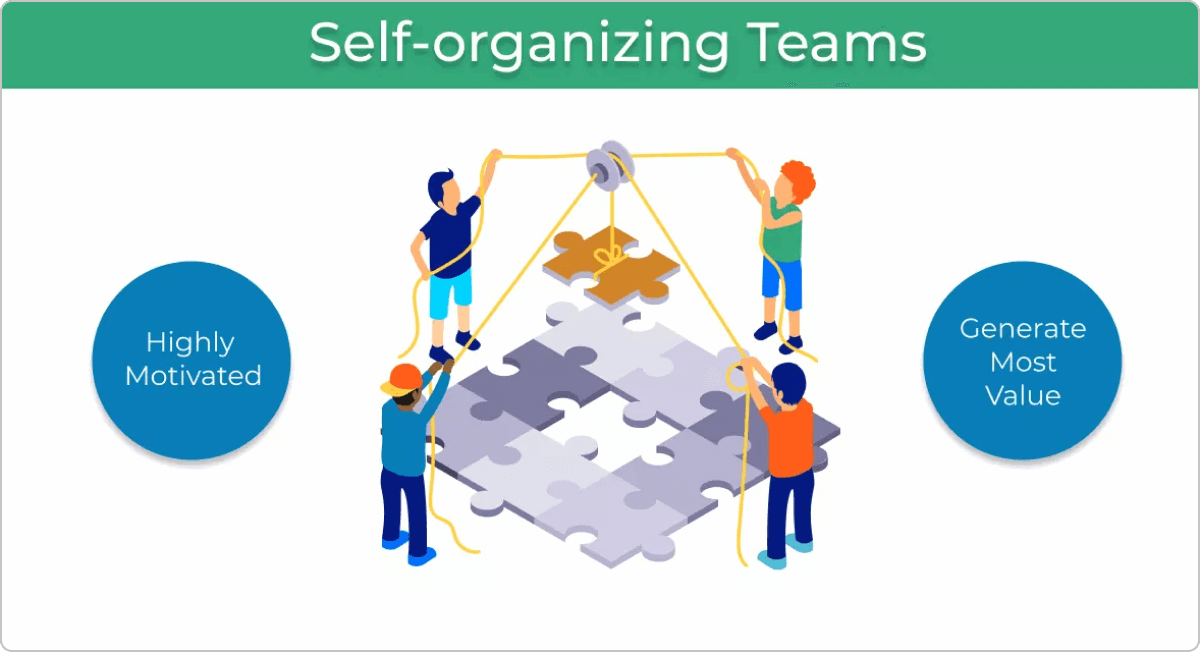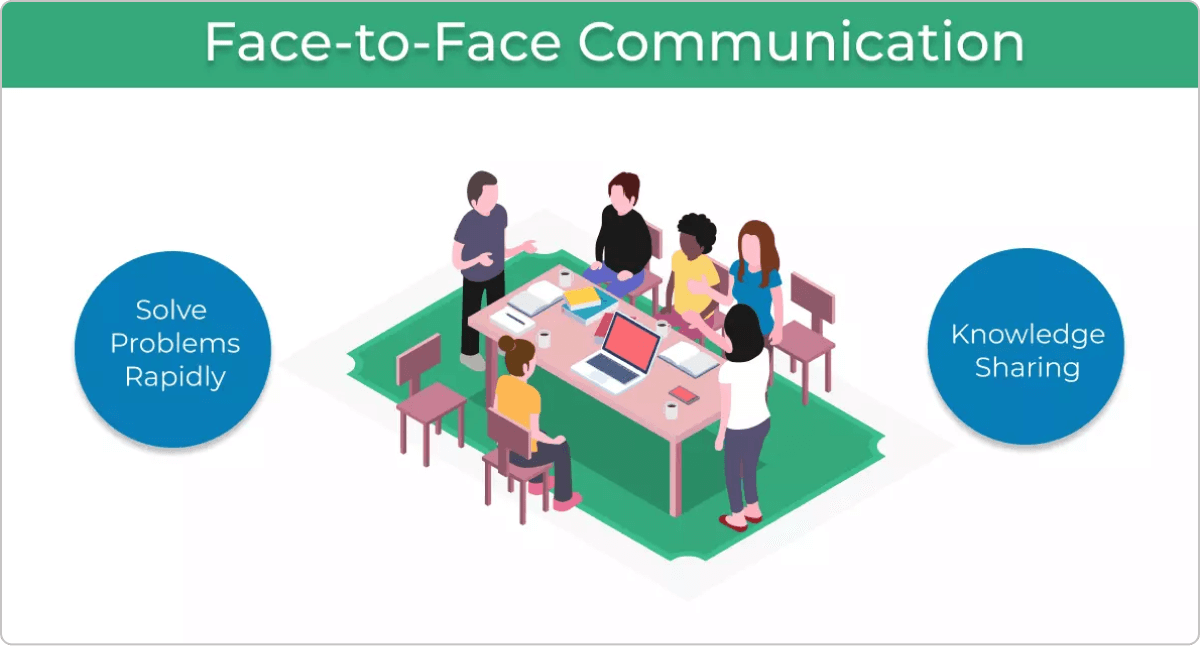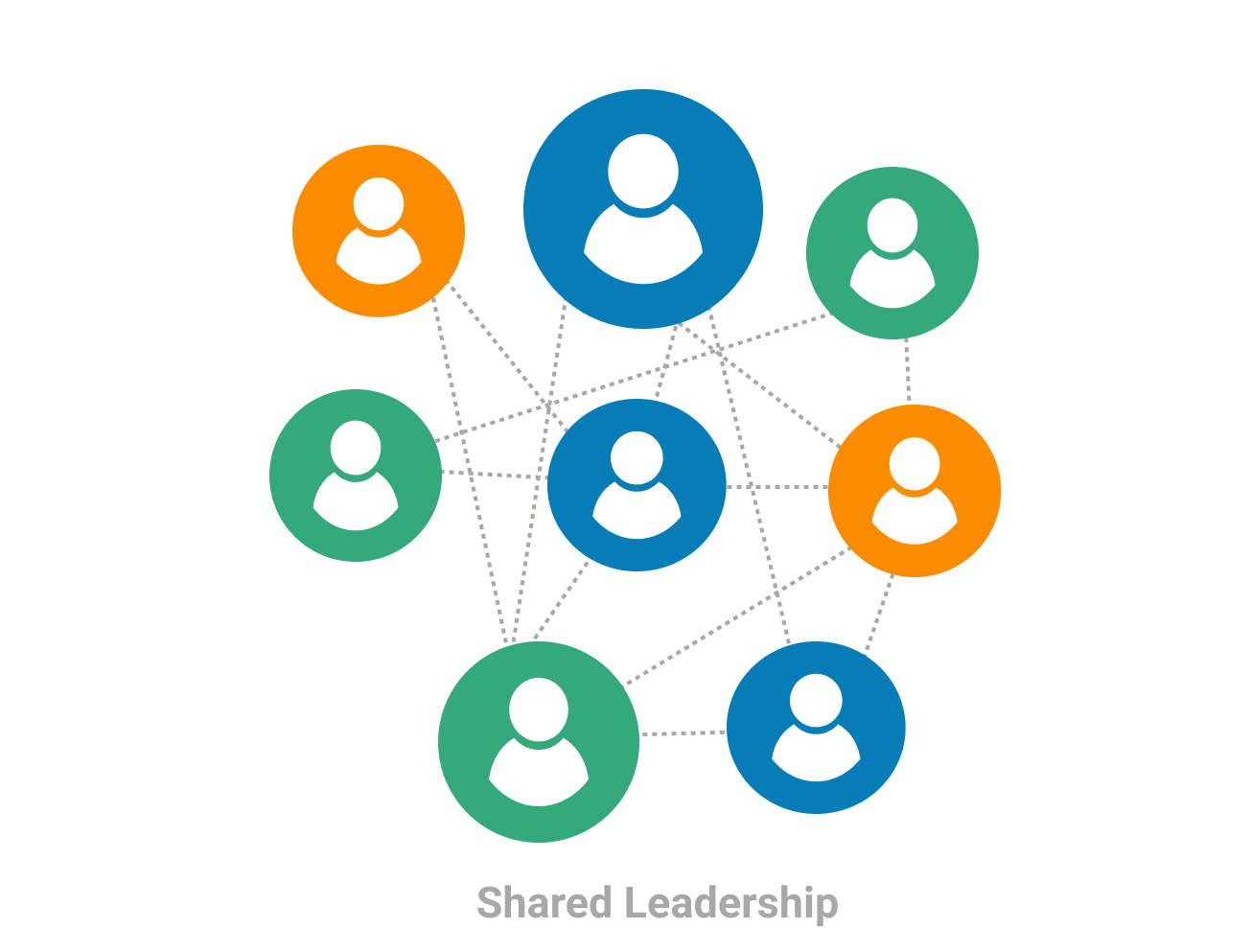Implementing Agile into the way you manage projects can tremendously increase a project's chances for success. However, many organizations fail to adopt Agile project management due to the lack of knowledge, leadership, and know-how.
As there isn't a 100% prescription for an Agile transition without bumps on the road, some areas of your business and culture need to be analyzed and prepared for the Agile implementation to be successful.
Let's first take a look at the main organizational hurdles to adopt Agile. Next, we will introduce seven significant themes you need to analyze and optimize so that you can bring true agility to your organization.
Organizational Obstacles to Adopting Agile
From our practice, we have seen many organizations that encounter a number of common obstacles when trying to adopt Agile for project management.
The company culture or structure doesn’t adequately support the Agile philosophy:
This is a common scenario. For example, a new project manager with Agile vision joins a team, and he outlines the benefits of Agile project management and development. Although the project team adopts the idea and might be ready for the change, the rest of the company may not be. Executives and leaders must also accept the vision and support the Agile philosophy for it to be truly effective.
Another scenario is when a project manager or a leader from a different management background, like Waterfall, may not fully support the idea of transitioning to the Agile way of working. One reason for this might be the lack of understanding of the differences between Agile and Waterfall and which approach better suits the team’s needs.
The company lacks an understanding of the impact on its business goals and overall vision:
Managing projects by following the Agile mindset won't be enough to reap the desired benefits from the Agile implementation. Suppose a strategic alignment is not present on all levels within your organization. In that case, projects can still be managed in ways that don't provide your entire business with the desired results to help you achieve sustainable growth.
Lack of/or limited Agile skills:
Believe it or not, it can be hard to find and attract top Agile talent no matter its popularity. And this obstacle limits the benefits for organizations wanting to manage projects using Agile.
There are some critical skills that top Agile talent should possess:
-
An ability to focus on essential work while eliminating the unnecessary work
-
Ability to remain calm under stress and make a sound judgment
-
Strong motivation and leadership skills to support and, if needed, to guide the team throughout the project
-
Ability to think fast and make decisions quickly as circumstances may change rapidly
-
A high level of adaptability, especially in a rapidly changing environment or conditions
6 Aspects to Analyze & Improve for Successful Agile Implementation
1. Focus on Flow Efficiency, Not Capacity Utilization
Successful Agile project implementation requires you to focus on optimizing flow rather than having maximum capacity utilization. In traditional project management, a common belief is that the process will be efficient if all resources are fully utilized. In reality, however, this turns out to be plain wrong.
Full capacity utilization often creates a non-collaborative environment where knowledge sharing barely exists because everybody is busy doing their own thing. It also overburdens people and treats them as "robots", resulting in their low productivity.
That's why, in Agile projects, we follow the mantra of "manage the work, not the workers". The focus is on optimizing flow efficiency, representing the ratio between value-adding time and the overall lead time in a process. When doing that, teams in Agile aim to continuously reduce waste to deliver value more quickly to the market.
To accomplish that in practice, the best way is to visualize all the value-adding and non-value-adding activities in your process. A common practice is to use a Kanban board where teams map their process from start to finish. This allows them to see at a glance what's going on and where they need to take actions (such as alleviating bottlenecks) to create a smoother flow of work.
 Alleviating work bottlenecks on a Kanban board
Alleviating work bottlenecks on a Kanban board
One of the best ways to optimize the flow efficiency in your process is to engage in a process called "swarming". This means that whenever someone on your team finishes a task they've been working on, instead of looking to start new work immediately, they go around the board and help their colleagues. Swarming creates a collaborative environment within the team and focuses on optimizing the overall process instead of just making individual improvements.
10 Years Kanban Experience In 1 Free Book.
Project Manager's Guide to Kanban
2. Manage Queue Size, Not Timelines
In traditional project management, the focus is hugely on creating detailed plans and managing timelines. However, that doesn't work in a knowledge work environment where the rate of change is frequent.
That's why a successful Agile implementation means that project managers switch their focus to managing queue size rather than timelines. Of course, there still needs to be planning in place. However, that happens throughout the project, and it's just in time. In other words, in Agile, we don't create highly prescriptive timelines that pressure our team members to complete their tasks on time.
Instead, when the focus is diverted to queues, project managers in an Agile environment are able to reduce cycle time and increase the efficiency of the project management process. This allows them to achieve control over timelines and speed up project delivery.
To make sure that you don't generate lengthy queues, you need to visualize them. This can again happen on a Kanban board, where you can see at a glance where tasks pile up and quickly inspect the reason for that.
3. Reduce Batch Size of Work Items
Reducing batch sizes is a significant aspect of the successful execution of any project in a knowledge work environment. Small batches of work can go smoother through your project's workflow, with less variability, resulting in faster feedback loops.

Reducing the batch size of your work items also allows you to decrease your project's overall risk. The optimal size of work batches is different in every process. To come up with it, think about the smallest possible piece of work that will accumulate value.
Once you do that, you will be able to deal with emerging changes and issues more quickly. As a result, you will make only small modifications where necessary instead of massive reworks, saving your project resources while improving your chances of satisfying the end customer.
4. Implement Work In Progress (WIP) Constraints
As we already stressed out above, to successfully implement Agile in project management, you need to manage queues efficiently. One of the best ways to do that is by using WIP constraints. WIP stands for "work in progress" and shows the number of work items a team is currently working on. Having too many work items in progress causes frequent context switching, increases the risk of rework, and generates overall waste in your process.
To deal with this problem, you need to start applying and then keep readjusting WIP limits for your various work stages. This means that no new item should enter it when a specific phase of the workflow reaches its limit. Limiting WIP can help you align your team's capacity with the actual number of work items that need to be completed at a given moment. This contributes to improvement in Flow, reduction in multitasking, and, therefore, an increase in your team's productivity levels.
Applying WIP limits in practice can happen with the help of the Kanban board. There you can limit the tasks that reside in every column. This creates regulations for your team members to continuously pull tasks from one stage to another, which prevents the accumulation of bottlenecks and lengthy queues.
 Visualizing WIP limits on a Kanban board
Visualizing WIP limits on a Kanban board
5. Integrate Fast Feedback Loops
The integration of fast feedback loops is central to any Agile project implementation.
Short feedback loops are mandatory for Agile project management's success as they enable teams to learn fast and make the right project adjustments accordingly.
When implementing Agile in your organization, make sure that you set up a process where you continuously sync your work results with your customers and get their feedback on it. A typical example is holding a regular Agile ceremony – a meeting where teams exchange internal and external information and create a continuous flow of work updates. This will allow you to adjust your direction for the development of a product or service in a timely fashion and thus better meet your customer's expectations.
6. Use Decentralized Decision-Making
A successful Agile implementation requires decentralized control to deliver value in the shortest and sustainable lead time.
In traditional project management, every decision must go through several "high-authority" approval steps before its realization. This results in massive project delays and deteriorates the team's morale.

In contrast, decentralized decision-making gives more power to the teams who are, in reality, the closest to the technical details of the work. Of course, this doesn't translate into "allow everybody to do whatever they want". Instead, it means working collaboratively with team members, actively listening to their opinion, and allowing them to make decisions on how to execute their tasks best.
This concept speeds up the flow of the process and creates a sense of belonging in your team members. As a result, they will be more likely to contribute to the overall project success because they will feel like valuable assets rather than expendable resources.
6 Tips for a Smooth Agile Project Management Implementation
1. Identify your business goals
Before jumping to a new project management methodology, it is crucial to identify and frame your business goals and describe how exactly the switch to Agile project management will help you better meet your goals. There must be a clear vision of how the new Agile approach is expected to aid project teams in achieving the company's goals.
2. Analyze your company’s culture if it is “fit for purpose”
One of the key elements for embarking on the Agile implementation path is to have the right soil, the right cultural organization which is not afraid of changes. This includes having leadership and top talent, which meet the seven essential requirements for acquiring necessary Agile skills. They must be willing to adapt and support the Agile principles. This is where transparency and frequent communication can smooth this process.

3. Analyze the potential impact on your customers
It is crucial to identify how an Agile implementation will benefit your clients and how this change will help your team meet your client's requirements and needs better. Here are three questions to help you determine the possible impact on your customers:
- How will the implementation of Agile potentially improve customer experience?
- Will this change going to produce better deliverables and higher quality?
- Will Agile help your organization to build better collaboration between your customers and teams?
4. Analyze all available resources your company possesses
Try to identify all the project resources available in your company. Does your company have the talent and skill-sets to apply Agile in the best possible way? Do you have the right infrastructure to support new technology and vendors that can support Agile's smooth switch? To yield the Agile benefits, it is imperative to have the right people and technology in place.
5. Engage the help of your company leaders from the start
The switch to a new project management approach is an important step that will impact processes, people, and technology. Engage your company leaders and experts right from the start to help you determine the best possible way to deal with the upcoming changes without significant cracks in the Agile project implementation process.

6. Launch a few small projects before the big roll-out
When implementing Agile in your organization, don't rush to make any major changes on big projects right off the bat. Instead, if possible, try to experiment with the new approach on a few small projects or different project parts.
This will allow you to test the environment and assess the degree of resistance within your team. As a result, you will be able to make proper adjustments wherever necessary and collaborate with your team members to find a way to tailor the newly adopted Agile approach.
We offer the most flexible software platform
for outcome-driven enterprise agility.
In Summary
The successful implementation of Agile in project management will take significant effort, and the whole organization should be aligned with this process. Тhere are seven aspects you will have to analyze, reflect, and improve to switch smoothly from traditional to Agile project management:
- Optimizing Flow Efficiency
- Focus on Managing Queues
- Reducing Batch Size
- Implementing Work In Progress (WIP) Constraints
- Integrating Fast Feedback Loops
- Using Decentralized Decision-Making





 Alleviating work bottlenecks on a Kanban board
Alleviating work bottlenecks on a Kanban board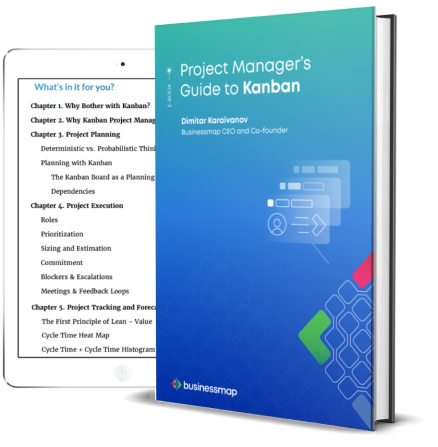

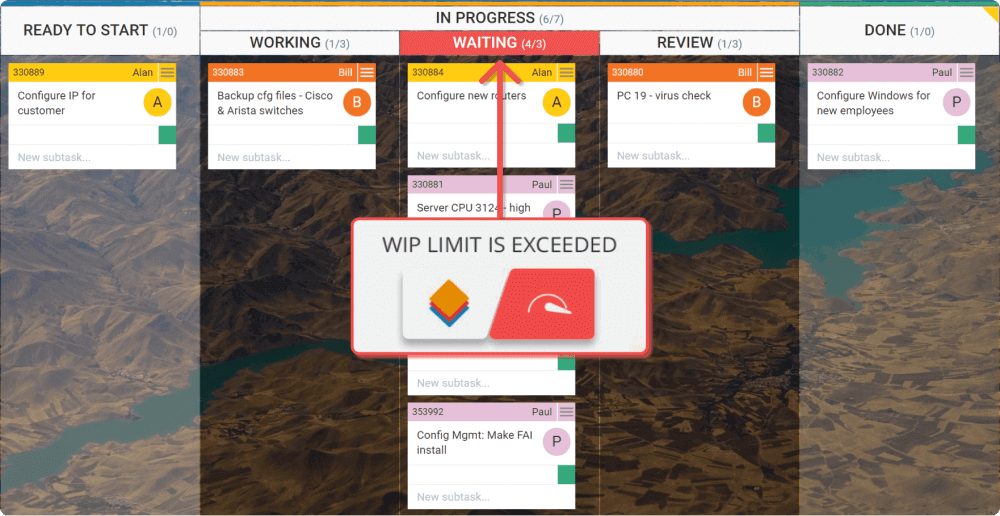 Visualizing WIP limits on a Kanban board
Visualizing WIP limits on a Kanban board